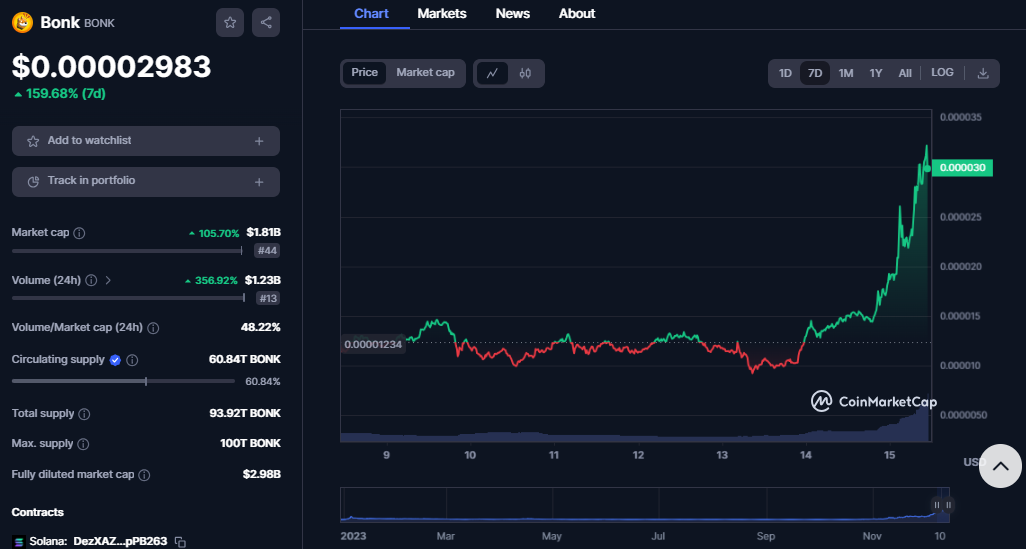Story highlight
- Jeff Garzik proposes using Bitcoin’s blockchain to authenticate data origins in a world flooded with AI-generated content.
- Anchoring data to Bitcoin could provide a permanent solution, unlike other blockchain networks that may prune ledger data over time.
- Layer-2 solutions like Hemi could prevent network congestion and high fees, leveraging Bitcoin’s security and decentralization.

The adoption of artificial intelligence has led to the proliferation of deep fake images, advanced scamming, and spurious news bulletins. In this environment, people are finding it increasingly difficult to establish the validity of content on the internet. “The bitcoin network may provide a pathway for data authenticity in a digital world that is increasingly populated with sources of internet content generated by artificial intelligence,” remarks Jeff Garzik, director and co-founder of Bloq.
Bitcoin’s Role in Verifying Data Origins
Garzik highlighted that with the rise of AI-generated data, it becomes harder to distinguish between trustworthy sources and fake content. This issue could worsen as AI agents grow more widespread, requiring advanced systems to confirm data provenance. Garzik proposed anchoring data, a method that involves using a blockchain to authenticate data origins by recording them on-chain. He emphasized Bitcoin’s advantages, describing it as the most secure blockchain network, poised to remain relevant for the next decade.
Advantages of the Bitcoin Blockchain
Garzik argued that Bitcoin’s security and permanence make it ideal for anchoring data. Unlike other blockchain networks that may prune their data over time, Bitcoin ensures data remains intact. This feature is essential for maintaining data provenance, which demands permanence. Research from institutions like MIT, Harvard, and Media Lab supports the increasing importance of data provenance in the AI era, as mentioned by Garzik.
The Challenge of Network Congestion
However, anchoring data directly on the Bitcoin base layer could cause network congestion and skyrocketing transaction fees. The earlier surge in Bitcoin Runes and Ordinals highlighted the need for solutions to mitigate this issue. To address this, Garzik’s team at Bloq has developed Hemi, a Bitcoin layer-2 network designed to manage most network traffic while utilizing Bitcoin’s base layer for final settlement.
Layer-2 Solutions to Reduce Congestion
Garzik explained that Hemi minimizes network congestion by handling data off-chain, allowing the Bitcoin base layer to maintain its security and decentralization. This approach would enable lower transaction fees while preserving the blockchain’s integrity. He compared this layered approach to a champagne waterfall at a wedding reception, where layer-1 is the top glass, and the overflow represents transactions managed by layer-2 solutions.
Balancing Security and Efficiency With Bitcoin
The interaction between Bitcoin layer-2 networks and the base layer offers a path to secure, efficient data management. Garzik believes this strategy would reduce fees while retaining high-security standards, presenting a sustainable approach to the growing challenge of verifying data authenticity in the AI age.
Personal Note From MEXC Team
Check out our MEXC trading page and find out what we have to offer! There are also a ton of interesting articles to get you up to speed with the crypto world. Lastly, join our MEXC Creators project and share your opinion about everything crypto! Happy trading! Learn about interoperability now!
Join MEXC and Get up to $10,000 Bonus!



